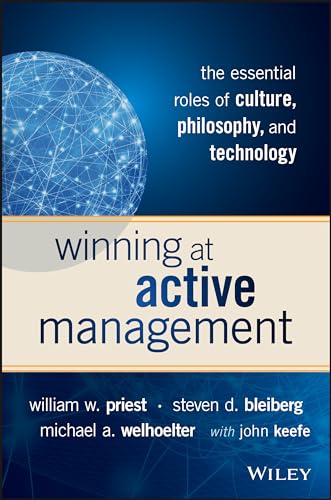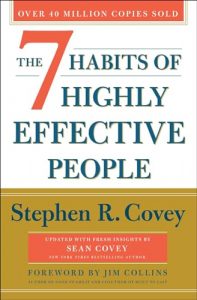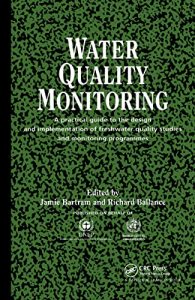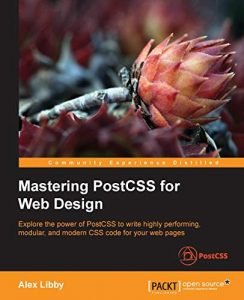Winning at Active Management: The Essential Roles of Culture, Philosophy, and Technology
In today’s fast-paced financial landscape, understanding the dynamics of active management is crucial. This enlightening book by William W. Priest and his co-authors delves into the essential roles of culture, philosophy, and technology in shaping effective investment strategies. It presents a comprehensive framework for honing an active management approach that fosters adaptability and innovation, key components for success in a competitive market. This book is also particularly beneficial for finance professionals looking to enhance their organization’s cultural underpinnings and harness the latest technological advancements.
Cash Flow Management
Rajesh Bhatt’s “Cash Flow Management” is a fundamental guide that emphasizes the significance of maintaining a healthy cash flow in business operations. This book outlines various strategies for monitoring cash flow effectively, ensuring that businesses not only survive but thrive. It discusses essential techniques for forecasting, budgeting, and identifying cash flow gaps that could lead to challenges if left unaddressed. A must-read for entrepreneurs and financial managers aiming to keep their businesses financially sound and prepared for unexpected expenses.
Modeling Structured Finance Cash Flows with Microsoft Excel: A Step-by-Step Guide
For anyone involved in structured finance, Keith A. Allman’s guide is a treasure trove of knowledge. This book provides a step-by-step breakdown of using Microsoft Excel to model complex finance scenarios effectively. It offers practical examples and clear instructions that make mastering structured finance more accessible, catering to both novice and experienced finance professionals. By incorporating real-world cases, Allman shows how to create robust cash flow models, making this book indispensable for those looking to enhance their financial analytical skills.
Cash Flow Planning in Agriculture
Written by James D. Libbin, “Cash Flow Planning in Agriculture” offers specialized insights into managing cash flow within the agricultural sector. Given the unique challenges faced by farmers, this book is a critical resource for agribusiness professionals. It details strategic planning techniques tailored to the cyclical nature of agricultural income, ensuring practitioners can make the most out of their resources and investments. Libbin’s expertise is translated into actionable strategies that any agriculturalist can adopt for better financial forecasting and planning.
Financial Modeling for Business Owners and Entrepreneurs
Tom Y. Sawyer’s “Financial Modeling for Business Owners and Entrepreneurs” is an essential resource for those looking to raise capital and improve operational efficiency. Through detailed explanations and Excel models, Sawyer guides readers on how to conduct financial analyses that foster sound decision-making. This book empowers entrepreneurs with the skills needed to model financial scenarios accurately, boosting their confidence in pitching to investors and planning for growth. It is an ideal companion for anyone serious about their business success.
The Lifestyle Investor: The 10 Commandments of Cash Flow Investing
Justin Donald, along with Ryan Levesque and Mike Koenigs, presents “The Lifestyle Investor,” which introduces a fresh perspective on cash flow investing. It details ten essential commandments that aim to elevate your financial freedom and passive income strategy. This book reads like a guide to a more liberated lifestyle, filled with practical tips for investors looking to generate steady streams of income. It is not just about investing but about living a fulfilled life while being financially savvy.
Waging War on Complexity Costs
Stephen A. Wilson and Andrei Perumal tackle a pressing issue in “Waging War on Complexity Costs”. The authors provide insight into restructuring organizations to combat complexity that drains cash flows and diminishes productivity. By identifying areas within organizations prone to complexity, the authors guide readers through effective strategies to streamline operations, ultimately leading to enhanced profitability. This book is essential for leaders committed to fostering efficiency and cutting unnecessary costs to boost their organization’s overall health.
What Every Engineer Should Know About Risk Engineering and Management
In “What Every Engineer Should Know About Risk Engineering and Management,” John X. Wang and Marvin L. Roush provide crucial insights into risk assessment, particularly in engineering projects. This book discusses methodologies for mitigating risks that can impact cash flow and project viability. Its focus on practical strategies ensures that engineers can apply these principles directly to their work, creating safer, more efficient environments for both projects and finances. It’s a critical resource for engineers and project managers alike.
From Innovation to Cash Flows: Value Creation by Structuring High Technology Alliances
Constance Lütolf-Carroll and her co-authors present a critical perspective in “From Innovation to Cash Flows”—highlighting the need for structured alliances in the high-tech industry. It provides actionable insights on how organizations can harness innovation to generate value while maintaining healthy cash flows. The synergy between innovation and financial management is explored thoroughly, making this book beneficial for tech entrepreneurs and financial leaders alike. It’s a great read to learn how to bridge the gap between ideas and profitability.
Cash Flow Strategies: Innovation in Nonprofit Financial Management
Richard and Anna Linzer’s “Cash Flow Strategies” is a unique take on financial management tailored for nonprofit organizations. This book emphasizes innovative strategies that nonprofits can employ to enhance their financial management skills. It teaches readers how to tap into new revenue streams and manage expenses effectively to ensure sustained cash flow. This invaluable guide is perfect for leaders within nonprofits looking to strengthen their financial health and achieve their missions without fiscal constraints.













































